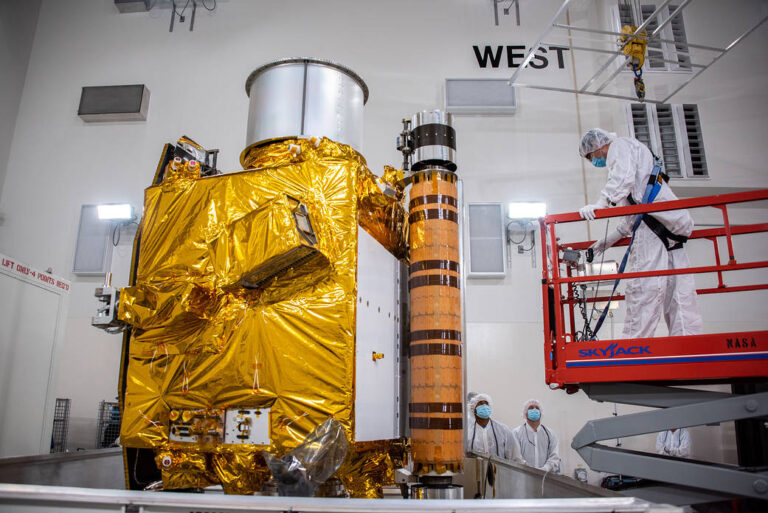哈勃拍摄到一对相互作用的星系
The two interacting galaxies making up the pair known as Arp-Madore 608-333 seem to float side by side in this image from the NASA/ESA Hubble Space Telescope. Though they appear serene and unperturbed, the two are subtly warping one another through a mutual gravitational interaction that is disrupting and distorting both galaxies. Hubble’s Advanced Camera for Surveys captured this drawn-out galactic interaction. The interacting galaxies in Arp-Madore 608-333 are part of an effort to build up an archive of interesting targets for more detailed future study with Hubble, ground-based telescopes, and the NASA/ESA/CSA James Webb Space Telescope. To build up this archive, astronomers scoured existing astronomical catalogues for a list of targets spread throughout the night sky. They hoped to include objects already identified as…










